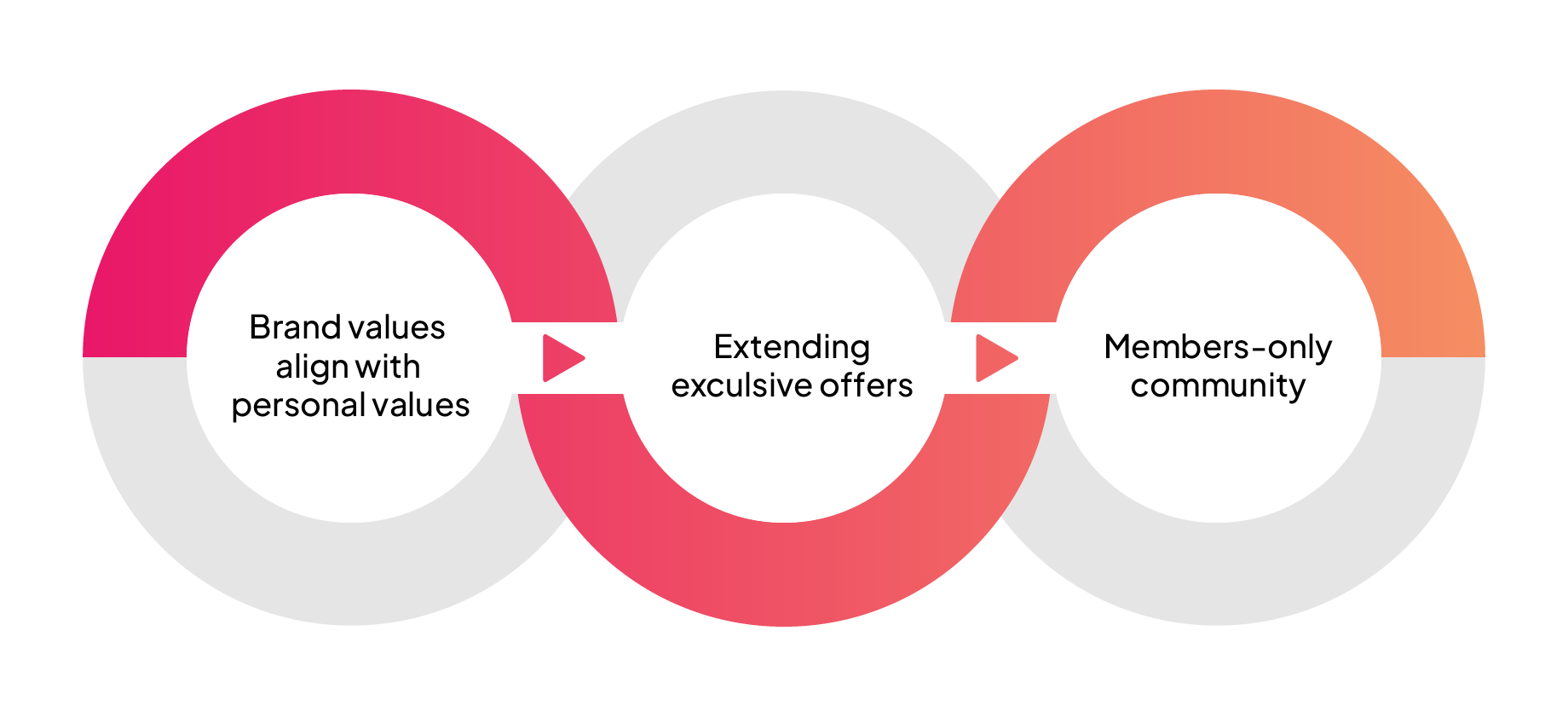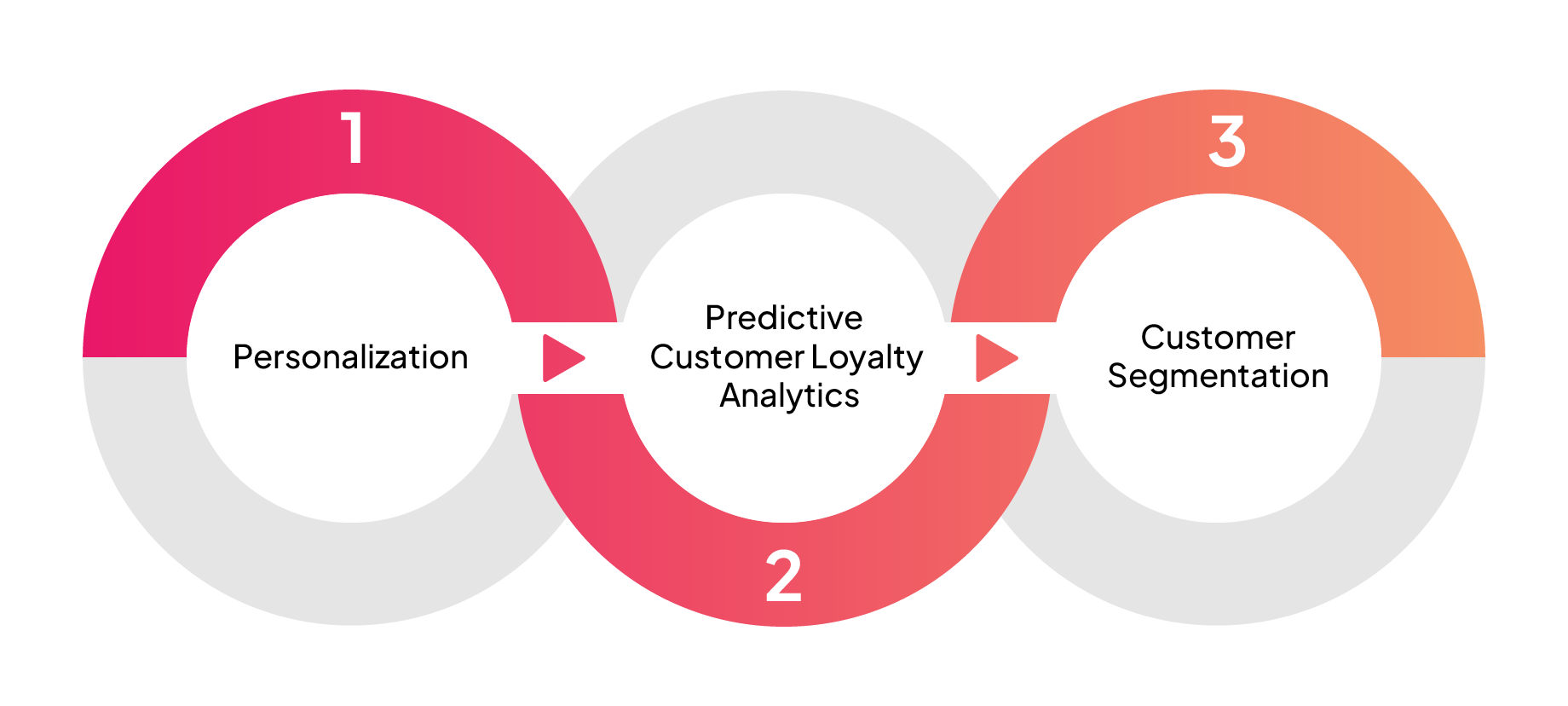
How to Transform Loyalty Into a Secret Weapon Featuring Forrester
The loyalty landscape has been undergoing a dramatic transformation in recent years. Thanks to advancements in digital technologies, customers are now able to access loyalty programs that offer meaningful benefits from anywhere, anytime.
As today’s consumers move toward an increasingly digital-first mentality, your brand must adapt or be left behind. Today’s modern loyalty solutions can help you accelerate your digital transformation. They also show up for your customers wherever they engage with your brand.
Consumer behavior has changed dramatically—along with their expectations. Your brand’s ability to meet these continually evolving needs—not just today but tomorrow—depends on having the right technology. It also requires lots of customer data. Loyalty can deliver both.
Here are three ways your loyalty program supports your digital transformation and helps you meet your customers’ expectations in this digital age.
According to the Digital Transformation Institute, emotions have the strongest impact on loyalty, compared to rational elements and brand values. To cultivate emotional loyalty, your brands need to go beyond providing excellent products or services.
Deloitte reports that a brand’s ability to leverage emotionally intelligent platforms to recognize and use emotional data at scale is one of the biggest, more important opportunities going forward. A loyalty program collects unique zero- and first-party data that enables your brand to go beyond transactions. Engaging customers between purchases becomes part of their daily lives. Annex Cloud’s Loyalty Experience Platform includes the widest range of engagement modules. That way, you have lots of ways to interact with your customers.
A few examples of how you can create emotional bonds by leveraging your loyalty program include:

The North Face XPLR Pass is a program that keeps their customers emotionally engaged and fosters a sense of community. XPLR members earn points for checking in at National Parks on the XPLR mobile app. This keeps members actively engaged and emotionally connected with the brand while they’re out exploring.
Your loyalty program gives you the means to collect robust customer data with consent—which is half the battle. The other half is being able to fully leverage that data and gain meaningful insights that inform your key business strategy across your core operations. Annex Cloud’s SaaS-based loyalty solution enables you to collected unlimited member attributes and segment them by any combination to create targeted campaigns. Artificial Intelligence (AI) is increasingly being used to gain even more sophisticated insights from your loyalty data that can drive growth as well as improve your customer experience.
Here are three ways loyalty programs leverage AI-driven data and insights:

Soon, AI will be a fundamental component of your loyalty program strategy, enabling your brand to create even stronger, lifelong bonds with your customers.
Today’s consumers expect a seamless, consistent experience no matter where they engage with your brand—on your website, in-store, via email or on their mobile device. While delivering an omnichannel loyalty experience can be challenging, it pays off. Omnichannel shoppers have a 30% higher lifetime value over those who shop using only one channel (Google).
Annex Cloud’s Loyalty Experience Platform includes 125-plus pre-built integrations to seamlessly push your zero- and first-party loyalty data across your entire tech stack—including ecommerce, POS, SMS, marketing automation and more. This enables you to recognize, reward and delight your customers across every touchpoint, no matter where they engage.
Digital transformation is no longer a nice to have, it’s a must for your brand to stand out in today’s competitive, and largely digital, marketplace. Annex Cloud’s unique technology-first approach is all about helping you connect the dots, so you can move past the limitations of the siloed legacy systems that may be holding you back.
If you dare to dream of building a loyal base of raving fans, check out our podcast, Let’s Get Personal with Loyalty, to gain tips and insights from leading loyalty experts on some of the most pressing topics.